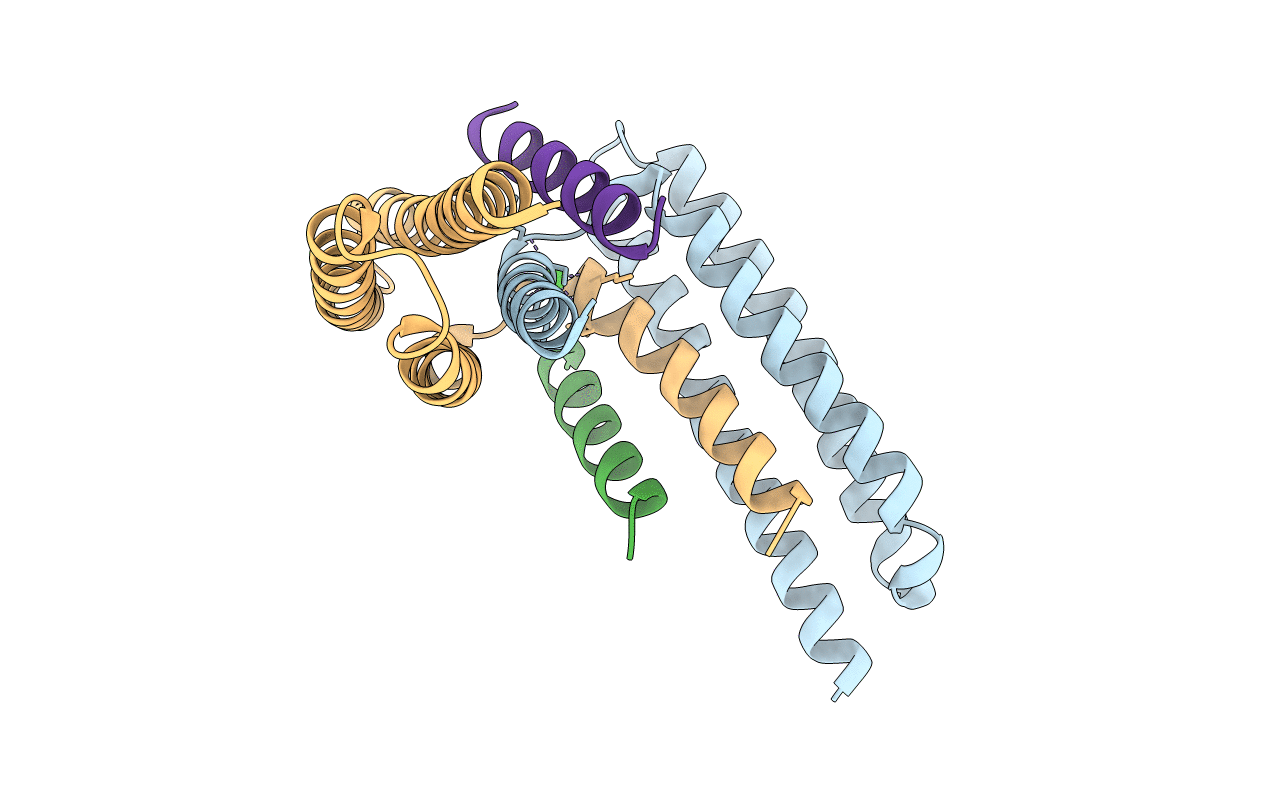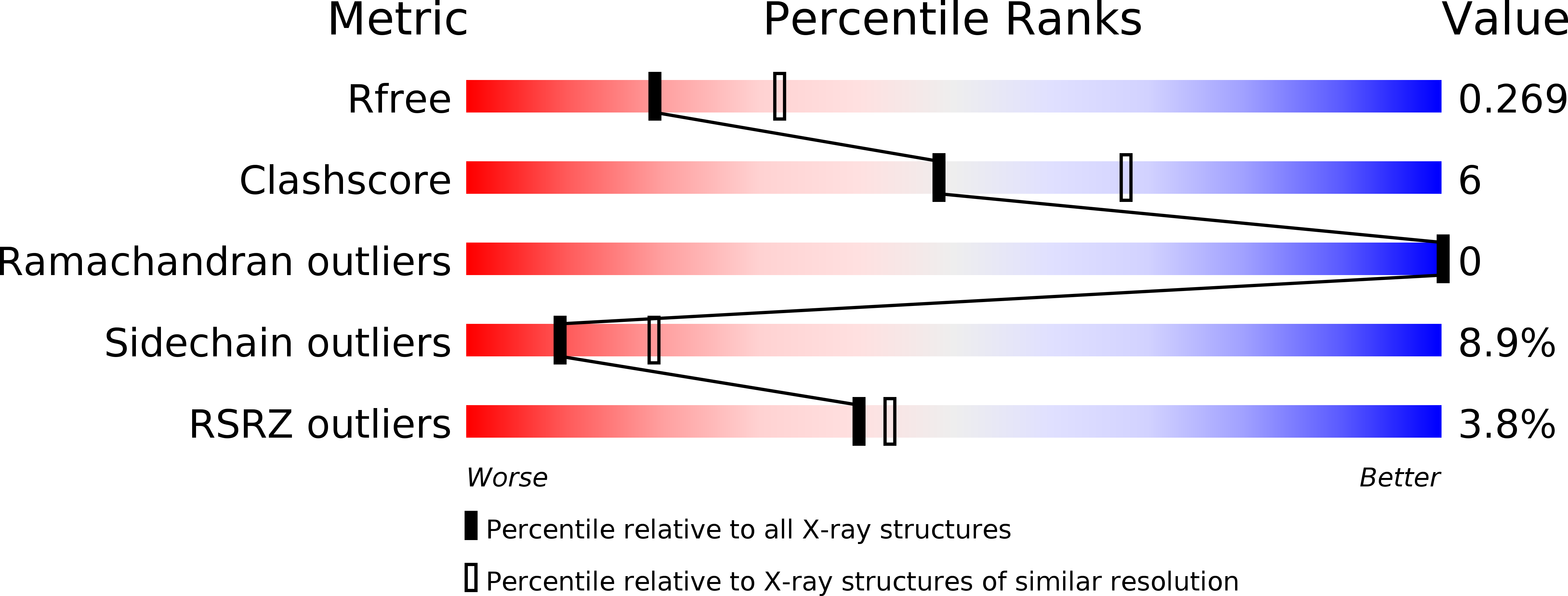
Deposition Date
2017-12-22
Release Date
2018-04-04
Last Version Date
2023-10-04
Entry Detail
PDB ID:
6BZ3
Keywords:
Title:
Complex structure of FAK FAT domain and DCC P3 motif
Biological Source:
Source Organism:
Mus musculus (Taxon ID: 10090)
Rattus norvegicus (Taxon ID: 10116)
Rattus norvegicus (Taxon ID: 10116)
Host Organism:
Method Details:
Experimental Method:
Resolution:
2.50 Å
R-Value Free:
0.26
R-Value Work:
0.22
R-Value Observed:
0.22
Space Group:
C 1 2 1


